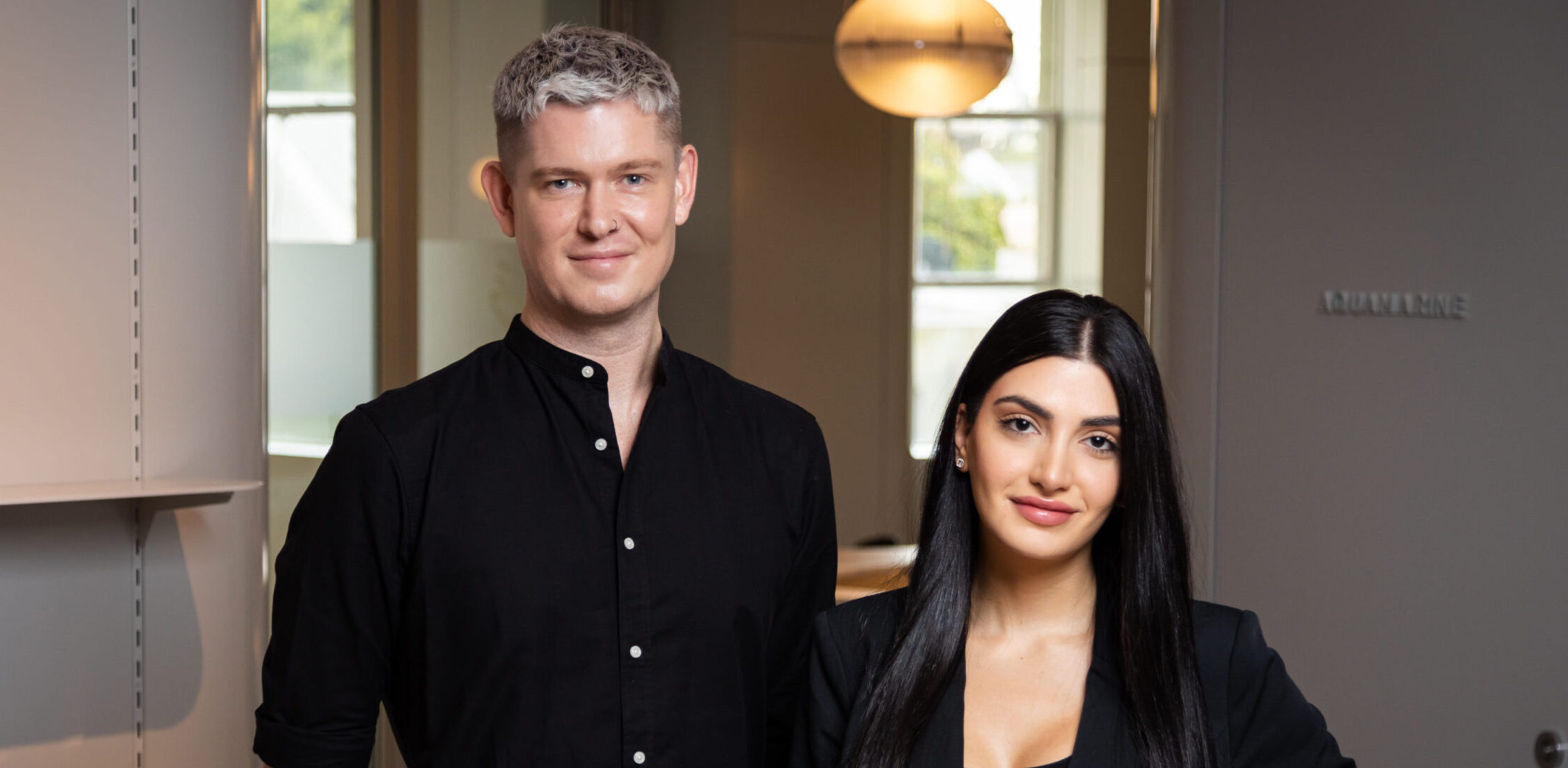How Can I Prepare for Blepharoplasty?
Preparation for blepharoplasty includes steps to help reduce risks and support the recovery process. These may involve:
-
Smoking cessation: Stopping smoking at least two weeks before surgery, as smoking can affect healing and increase the risk of complications.
-
Medication review: Certain medications or supplements — such as aspirin, anti-inflammatories, and other blood-thinning agents — may need to be paused before surgery. This will be discussed during your pre-operative consultation.
-
Support planning: Arranging for transport after surgery and assistance at home during the initial recovery period is recommended.
Your surgeon will provide preparation guidelines tailored to your health history and the planned procedure.
What is the Recovery Time for Blepharoplasty?
Recovery experiences vary depending on the extent of the procedure and individual healing responses. Common post-operative effects include swelling, bruising, and mild discomfort around the eyes, which often peak in the first few days and gradually improve over several weeks.
Most people can resume light activities or return to work within 1–3 weeks, while full recovery — including scar maturation and the settling of swelling — may take several months.
Disclaimer
Blepharoplasty procedures are suitable only for people aged 18 years and over. Recovery experiences and outcomes vary between individuals. Factors such as age, skin type, overall health, and adherence to post-operative instructions can influence healing. All surgical procedures carry risks, which may include bleeding, infection, scarring, asymmetry, or dry eyes. A consultation with a registered specialist plastic surgeon is required to assess suitability and discuss potential risks, benefits, and alternative options. A second opinion from an appropriately qualified health practitioner is recommended before proceeding.


